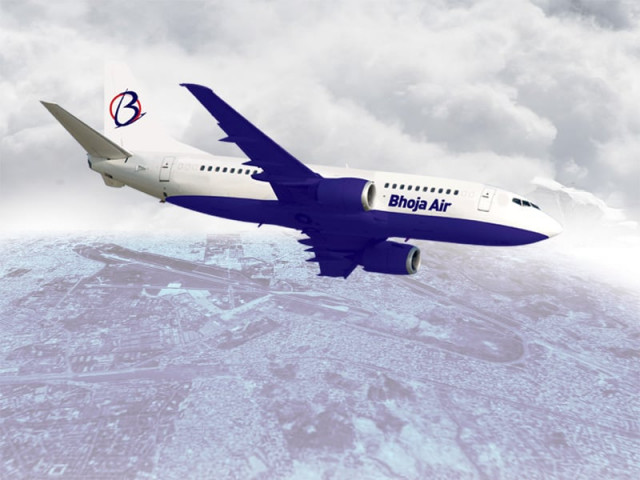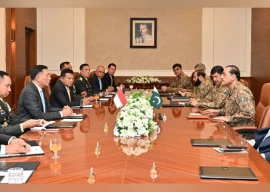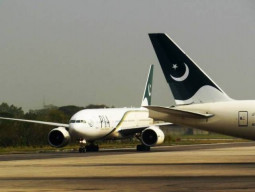
The aircraft used by Bhoja Air which crashed on Friday was over forty years old. However, experts say that, old or new, any aircraft can crash in hostile conditions. Others say, though, that rampant corruption in the industry in Pakistan too often allows poorly maintained airplanes to fly.
Experts say that even though the aircraft used by the airline was extremely old, it was considered airworthy by the authorities.
Former Pakistan Airline Pilots’ Association president Naqi Rehman said he had no doubts that the investigations carried out into the incident would eventually blame the deceased pilot for the incident.
“Blaming the pilot is the most convenient way out for everybody, since it leaves the Civil Aviation Authority, Ministry of Defence, and the aircraft manufacturers off the hook,” he said. He added that this was also the case in the recent AirBlue crash incident in Islamabad.
Rehman, a retired Boeing aircraft pilot, said even though the aircraft used by Bhoja may have been old, it must have been termed airworthy. “There is massive corruption and anyone who shows the money to the right people can get the Air Operating Certificate to start an airline,” he alleged.
He asked why no one from the ministry of defence has resigned even though it was during their tenure that two aircraft have crashed. Also, he said that private airlines take minimum safety precautions and none of them have a safety training institute to train their personnel.
According to aviation law expert Shah Murad, since 1947 a total of 1,193 people have lost their lives in 32 aircraft accidents, including Friday’s Bhoja Air crash.
“This raises a big question mark on the performance of the Civil Aviation Authority and the quality of air worthiness and maintenance of aircraft. Undoubtedly, the CAA has compromised on the aviation safety standards prescribed by the International Civil Aviation Organization,” Murad said.
Experts say it is the duty of the CAA as a regulator to ensure the compliance of aviation safety standards in Pakistan.
In Pakistan, the CAA regulates all aspects of commercial aviation activities. Under section 5 (2) of the CAA Ordinance, 1982 the CAA is responsible to ensure and promote safe, efficient, adequate, economical and properly coordinated civil air transport services. “However, the CAA has failed in discharging its statutory functions and duties,” Murad said.
“Aviation safety is of much concern to the general public. However, airline companies in Pakistan have outdated fleet which is not meeting the international aviation safety standards,” he added.
Former Managing Director PIA Aijaz Haroon cautioned against speculating whether the aircraft or weather or pilot was responsible for the crash. “Aircraft whether new or old can crash anywhere in the world, so one can’t say for sure what caused the incident unless an impartial investigation is carried out,” he said.
Published in The Express Tribune, April 21st, 2012.



1707892702-0/image-(1)1707892702-0-270x192.webp)














COMMENTS
Comments are moderated and generally will be posted if they are on-topic and not abusive.
For more information, please see our Comments FAQ